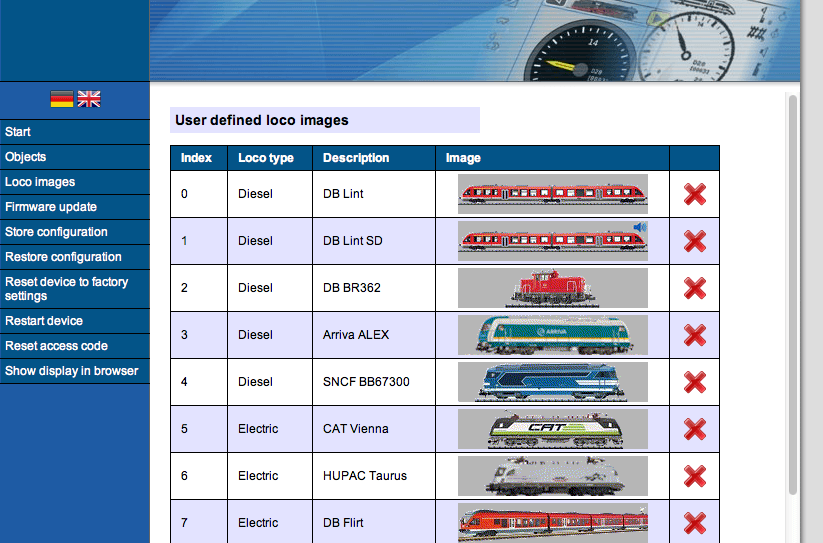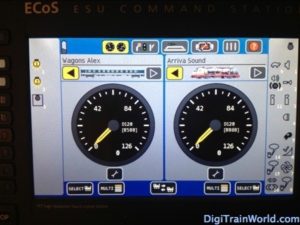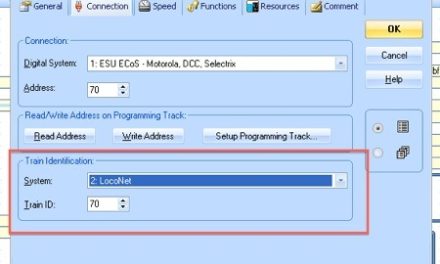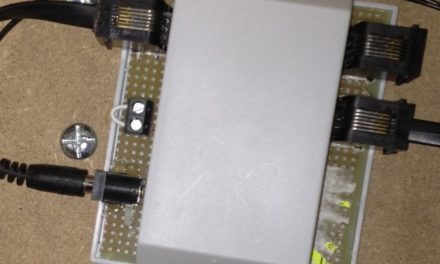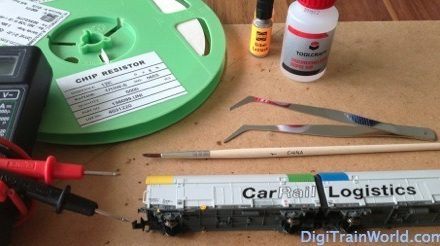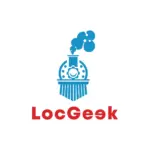Putting a new locomotive on your layout should be simple and plug and play… this isn’t really the case in DCC though. Some have tried to solve that issue, is DCC-A (RCN-218) the solution?
What is automated registration?
Anyone who’s used to DCC model trains knows how unveiling a new engine on the layout works:
- Put the engine on the track
- Change the default address (3) to a free address
- Test the engine
- Add all the functions to your command station or control software
- Play (unless you already had trouble going through the step above)
And this isn’t even mentioning other difficulties, such as attributing a long address (over 127) to an engine, which is very technical on some command stations.
Now this doesn’t make sense. We’re here to play right? So why the hassle?
Automated locomotive registration (or, rather, locomotive decoder registration) is something that is perfectly standard with Mfx+ engines in the Märklin world (in fact, the notion of address isn’t used in the Märlin system).
But in DCC: it’s a mess
RailCom Plus was ESU’s answer
Now, in addition to DCC, as I wrote a long time ago in my article here (Railcom & Railcom Plus, what are these ?), RailCom and Railcom Plus were additional functions added to some command stations and decoders. RailCom Plus was an ESU only system.
What Railcom Plus brought though, was exactly what we are talking about: automated train registration. And it works like this:
- You put an engine on the track.
- The command station tells you it detected a new engine.
- If the address is already taken, it proposes to automatically change it if needed.
- The locomotive is added to your command station, possibly with the right picture, and above all with all functions already registered and with the right icons.
The later is becoming more and more important. With more than 20 functions in some sound engines, it’s becoming a pain to just add a new engine; painstakingly adding dozens of functions and icons manually.
This worked perfectly, but it was ESU only: this only worked with an ESU Command Station and ESU modern decoders (LokSound/Pilot from v4 and later I think).
Is DCC-A maybe the future?
Apparently, there is a follow up to RailCom Plus, and it’s called DCC-A (for Automated registration). It’s a norm published by the RailCommunity called RCN-218 (documentation here in German). It also relies on (and is compatible with) the NMRA technical note TN-9.2.1.1 on Advanced Extended Packet Formats.
What DCC-A does is exactly what we are talking about, and what Railcom Plus was doing. But this time is is being adopted by many manufacturers. Zimo and Tams, for example, already have compatible products.
Now, at this point, it is very unclear to me if DCC-A is basically an evolution of Railcom Plus, or if it’s a different system altogether. Discussions on forums seem to indicate it might be an evolution (here in Italian, here in German).
Does that mean DCC-A will be retro-compatible with RailCom Plus decoders? I don’t know, but I sure hope so. If not, I hope ESU will adopt DCC-A and update their decoders via firmware to be compatible. Write in the comment if you know more.
The mess of regulating bodies in model railroading
Out of topic here, but it’s incredible how messy our little model train world it. And I mean simply in terms or regulating bodies, editing so called “norms” and standards.
We have the NMRA in the US. We have the MOROP in Europe. About the later, I haven’t heard about them in a long time; and yet, the MOROP was the body publishing the famous “NEM” norms most of us know…
And more recently in the last years, another body appeared: RailCommunity. Which is a group of the main (mostly German/Austrian) model train and electronics manufacturers. They are the ones editing the “RCN” norms.
Now, I don’t know the background, but from the looks of it, it seems the manufacturers weren’t happy with MOROP and decided to go on their own. Or not. In any case, it’s confusing and doesn’t help our hobby.
At least, there is one thing that seems clear: Europe and the US remain in contact. Indeed, the norms of the MOROP and the RailCommunity remain vastly compatible with the NMRA publications in the US. Let’s not forget the NMRA is the one who standardised DCC in the first place (albeit it was based on Lenz’s German system).
Now, in a niche market, not even having a single worldwide body doesn’t make sense to me. It shows the manufacturers still haven’t understood that to save the hobby, we need simple worldwide standards; and for this, we need the talent and creativity of companies and hobbyists of all continents.
That’s not to say they are not doing their best. In fact, they are doing great work overall (even though I don’t personally always agree). But it’s still messy.
Added to this some manufacturers are just going out of their way to not respect the standards; they invent new plugs, systems or protocols just because they don’t like the norms. The truth is, they all dream of launching a system that will become a de facto standard and generate royalties. But the other truth is: that won’t work. This is a niche market, so forget it. Only Märklin, with its massive market share and marketing talent can afford to have proprietary systems. The other ones – the DCC family – only have one chance: cooperation, for the good of the industry and the customers.
Will we be able to play soon?
At this point, it is still unclear if DCC-A will become really common in most new command stations and decoders. As far as I know for example, the new HM 7000 decoders from Hornby don’t have DCC-A. And it’s just an example.
I am writing this article after spending 2 hours slowly adding functions for 3 new engines to my command station and my control software. I don’t want to have to do this in the future. I want plug and play. So I hope DCC-A will catch on, and deliver real user-friendliness.
Do you know more about DCC-A? Are you excited about automated train registration, or do you not really care? Let me know in the comments.
(Illustration: the ESU interface for uploading custom train pictures on the ECOS II command station)

